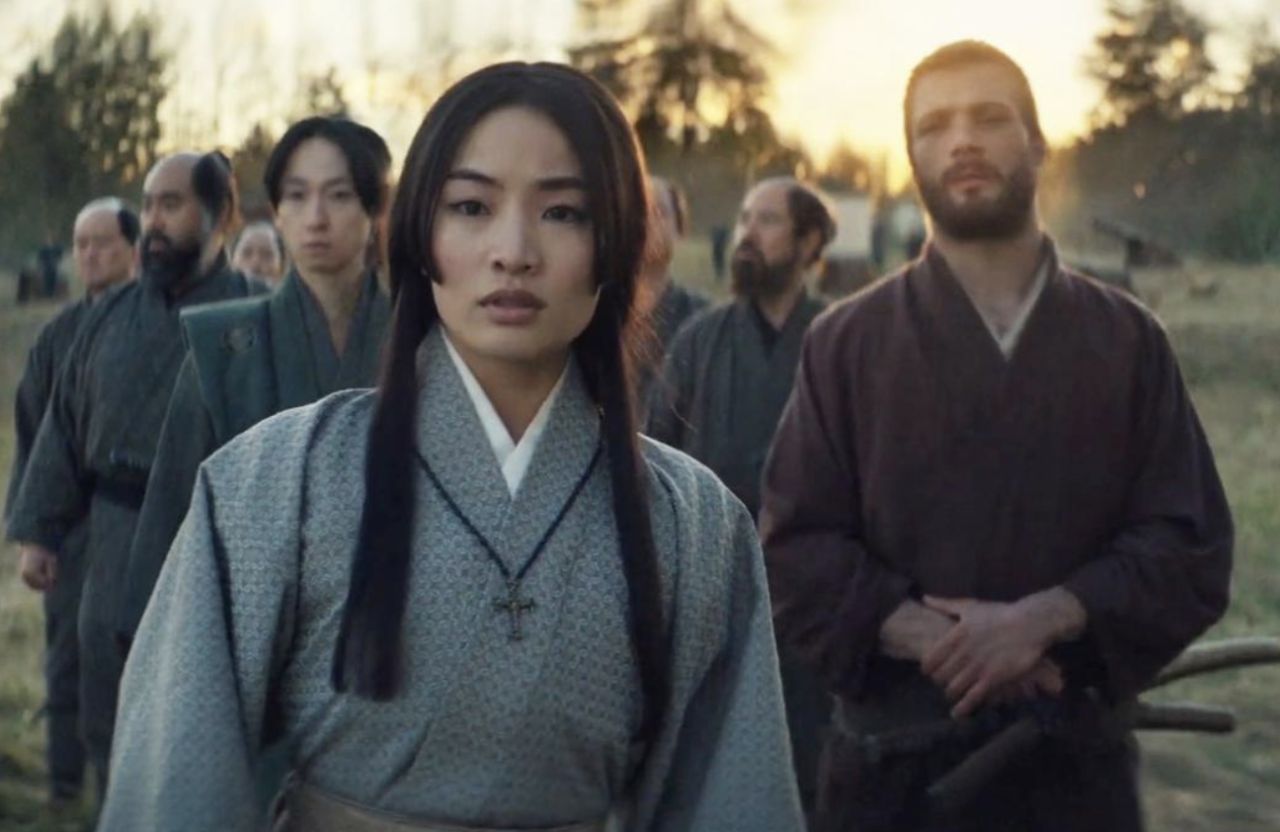Shōgun, the TV series, is a fascinating blend of American production and Japanese culture. Although it's made by Americans and based on an American novel, it's deeply immersed in Japanese settings and traditions. It's a unique cross-cultural creation that stands out in the world of TV shows.
The series has garnered attention for its commitment to authenticity, from the dialogue to the portrayal of Japanese customs. This attention to detail extends to how katana swords are worn, how nobility sit, and even how kimonos are designed. The narrative avoids being overly centered on the Western character, John Blackthorne, and instead, shifts focus to the Japanese characters, particularly the strategic warlord Toranaga, played by the talented Hiroyuki Sanada. This shift in perspective sets Shōgun apart from other Western narratives set in Japan, showing a deep respect for Japanese culture and history.
Shōgun presents a view of Japan caught between periods of war and peace, a theme deeply ingrained in Japanese history. The series captures this transition, depicting the intricate power struggles of the time. Unlike typical Western hero narratives, where a character like Blackthorne might be the savior, in Shōgun, Toranaga navigates the political landscape using intelligence and strategy, rather than brute force. This nuanced approach adds depth to the story, showcasing a different kind of heroism.
The series also explores cultural clashes, particularly through Blackthorne's character, who initially struggles to understand and adapt to Japanese customs. This clash is not just between individuals, but between different worldviews. Through Blackthorne's eyes, viewers are exposed to the beauty and complexity of Japanese culture, challenging Western assumptions of superiority.
One of the most striking aspects of Shōgun is its visual presentation. The sets are meticulously crafted, portraying the elegance and refinement of Japanese court life. Each scene is a visual feast, showcasing the beauty of traditional Japanese architecture and design. This attention to detail enhances the storytelling, immersing viewers in the world of feudal Japan.
Despite its admiration for Japanese culture, Shōgun doesn't shy away from depicting its darker aspects. The series grapples with themes of duty, honor, and the acceptance of death, which are central to Japanese culture. While these themes may seem foreign to Western audiences, they are portrayed with respect and sensitivity, offering a window into a different way of life.
In conclusion, Shōgun is a captivating series that bridges the gap between American and Japanese storytelling. It's a testament to the power of cultural exchange, showing that great stories can transcend borders and bring people together.

Login